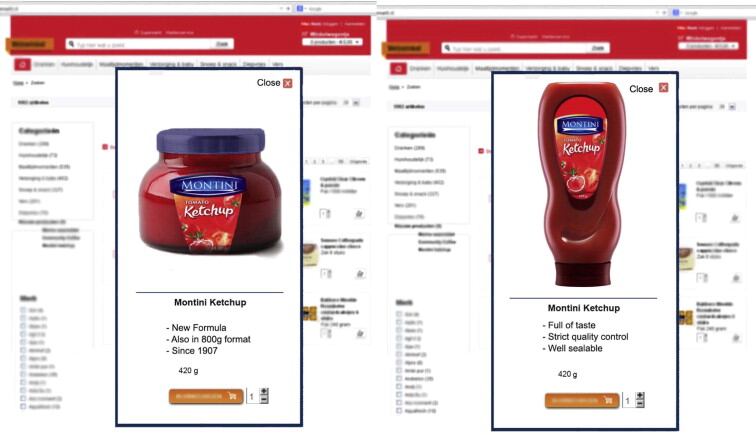Researchers at the Amsterdam School of Communication and VU University found “atypical” product packaging increased the amount of attention consumers paid to product information and made them more critical of claims made about the product.
Strong claims included statements about flavour or quality control while weak claims included “new formula” and alternative product sizes.
“We found that the persuasiveness of weak and strong product claims on the package was affected by whether the package design was typical or atypical,” they wrote in the journal Food Quality and Preference.
“When packaging was atypical, strong claims resulted in a higher quality judgment, but weak claims resulted in a lower willingness to pay – compared to when packaging was typical. Therefore, atypical packaging may not always be beneficial for product evaluation.”
Long stares for strange designs

The researchers presented design variants of a ketchup bottle to 102 university students in an online test. They found designs rated as atypical caused participants to spend significantly longer looking at the product and indirectly improved recall of product claims because of increased processing of product information.
While weak claims reduced participants’ willingness to pay for the product, strong claims on an atypical product design did not result in an increased willingness to pay, contrary to researchers’ expectations. Typicality of the design did not have a strong effect on purchase intention, regardless of the strength of claims.
For perceptions of quality, researchers saw the reverse of the results for willingness to pay – strong claims on an atypical product enhanced perceptions of quality, but weak claims did not have a significant effect on quality perception.
Packaging interaction is key
“Although a number of researchers underline the key role of visual attention in the consumer decision process, this study demonstrates that attention-grabbing packaging can be detrimental when presented together with low quality semantic elements.
"We underline the importance of taking into account the interaction between different types of packaging cues when assessing the effects of these cues on product evaluation,” the study conclusion.
The research built on past studies which showed easy-to-read product information resulted in greater acceptance of weak product claims, in contrast to designs using difficult-to-read, attention-grabbing typefaces, which resulted in increased attention to the content of the information.
The paper’s authors noted the online nature of the experiment, where participants were presented with just one product to evaluate at a time, meant the effects of atypical packaging in a normal retail environment could not be determined. They also suggested further studies might be conducted on a wider demographic of shoppers as opposed to only university students.
Source: Food Quality and Preference
Published online ahead of print, doi: 10.1016/j.foodqual.2015.08.002
“Atypical food packaging affects the persuasive impact of product claims”
Authors: I. van Ooijen, M. L. Fransen, P. W.J. Verlegh and E. G. Smit
